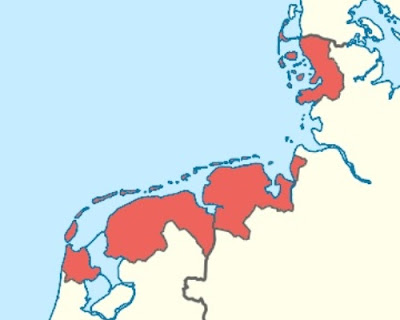During a conversation yesterday my wife asked me how much longer I thought that it would take me to complete my current project of renovating, varnishing, and basing my collection of 25/28mm Napoleonic figures. When I replied that I expected to be finished in a couple of months, she commented that I seemed to have been working on it for ages, and wasn't I getting a bit bored. The truth of the matter is that she is right. I am getting a bit bored ... and probably do need to take a break in the near future.
Looking back at my blog entries, I found that the project had its beginnings back in February 2014 (over two and a half years ago!) but that I didn't begin doing any serious work on it until a year later. Since then I have renovated, varnished, and based over 700 figures ... and I probably have another 200 to do. I would like to finish the remaining French infantry before I take a break, and that is the goal I have now set myself.
Once I have done achieved that goal I would like to do switch my attention to my PORTABLE WARGAME book, a project that I seem to have been ignoring of late. I might also be able to spend some time thinking about the BARBAROSSA campaign I want to tackle once the Napoleonic project is finished, and about which I still have to make some crucial decisions. I can then return to my Napoleonic project with renewed vigour ... I hope!
That's my plan ... and it will be interesting to see if I can stick to it.
Looking back at my blog entries, I found that the project had its beginnings back in February 2014 (over two and a half years ago!) but that I didn't begin doing any serious work on it until a year later. Since then I have renovated, varnished, and based over 700 figures ... and I probably have another 200 to do. I would like to finish the remaining French infantry before I take a break, and that is the goal I have now set myself.
Once I have done achieved that goal I would like to do switch my attention to my PORTABLE WARGAME book, a project that I seem to have been ignoring of late. I might also be able to spend some time thinking about the BARBAROSSA campaign I want to tackle once the Napoleonic project is finished, and about which I still have to make some crucial decisions. I can then return to my Napoleonic project with renewed vigour ... I hope!
That's my plan ... and it will be interesting to see if I can stick to it.


































.jpg)













